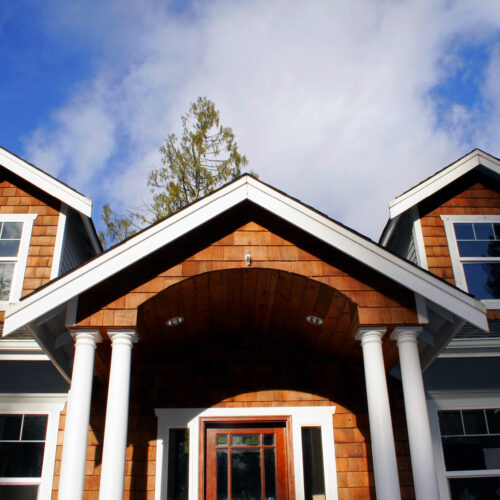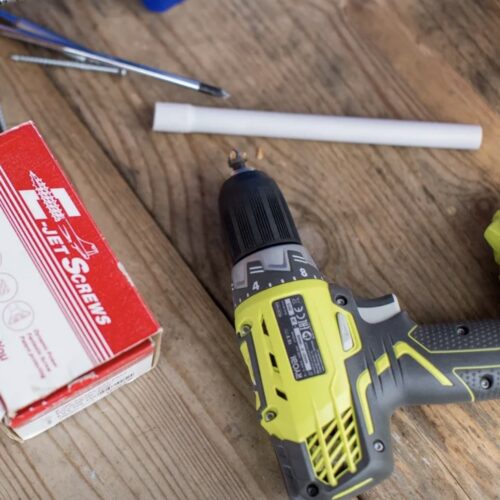By changing your siding, you can completely change the look of your home. Manufacturing advances mean that the latest products offer much more than protection from heat, cold, and precipitation. Your many choices include cement fiberboard, wood clapboard, vinyl, aluminum, stucco, and cedar shakes. These materials come in a variety of different colors and designs that allow you to express your personal style. New siding can greatly increase your home’s curb appeal, raise its value, help you save on your heating and cooling bills, and dramatically lower the need for maintenance.
Many types of siding last for decades, especially if properly maintained. Often unless you have an urgent problem like storm damage, your home’s siding doesn’t attract much of your attention. But like your roof and other major elements of your home, siding wears out eventually. Its purpose is to keep water away from the walls it covers. If your siding allows moisture into the walls of your home, you may be faced with major repair work.

Here are some signs that indicate you need to replace or repair your siding:
- Your heating and cooling bills increase. Along with a leaky roof or insufficient insulation in the attic, a problem with your home’s exterior walls and siding is a primary cause of unexpectedly high home energy bills.
- As you walk around your home, you spot rotting, warped, cracked, or loose siding. Especially if the layer under your home’s damaged siding is soft or rotting, the siding itself likely needs immediate replacement before more damage is done.
- Bubbles in your siding almost always indicate that water has become trapped there. The walls of your home are likely to suffer from water damage unless the siding is replaced.
- If you spot holes in your siding, insects are the most likely culprits. Even small holes can be a major cause for concern. Insects gaining access to your home is of course a problem in itself. In addition, the holes allow moisture in—with costly repairs possibly to follow.
- You notice peeling paint or loose wallpaper on your interiors walls or mold, mildew, or fungus on the exterior of your home. All indicate that your siding may not be working properly to keep your home dry.
- You detect dry rot. Gently tapping on your siding with the handle of a small tool like a screwdriver can reveal weak spots where dry rot has occurred. Unfortunately, it may go unnoticed for long periods of time. Dry rot typically begins below the surface of the siding and eats away the interior, leaving the top layer intact. Pieces of siding with dry rot should be removed immediately and replaced.
- You’re tired of repainting or restaining your home. Consider investing in the longer-term solution of new siding in a different material.

Our team is committed to your complete satisfaction
The team at James Taylor Construction Services, Inc. (JTC) will give you the information you need about the different types of siding that are available so that you can make the best decision for your property. We then expertly cut and fit your siding to keep wind, heat, and rain out of your home. Because of the large surface area siding covers and the complex skill set needed to install different types, choose a company like JTC that has successfully completed thousands of home repair jobs.
